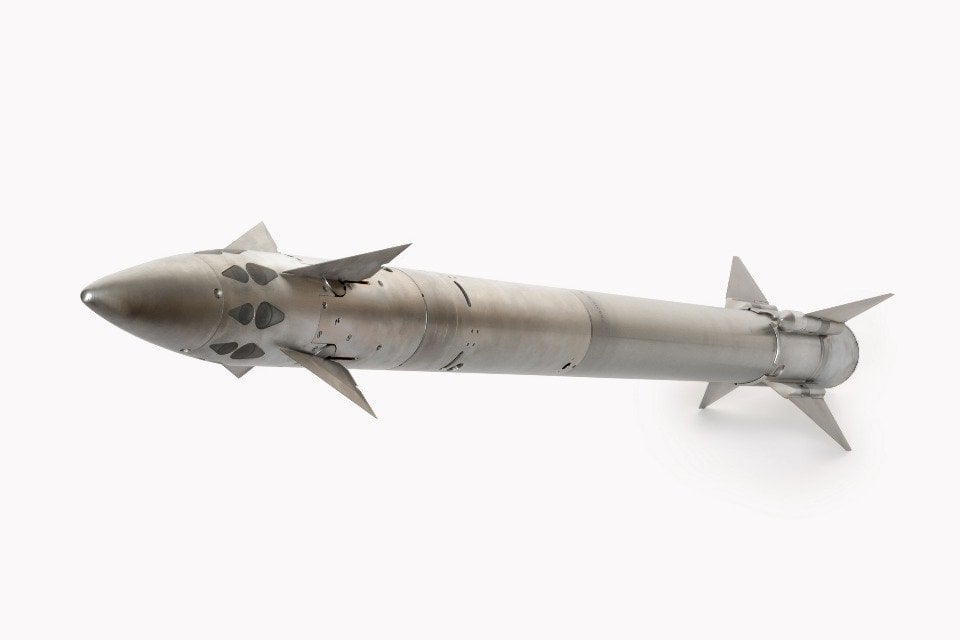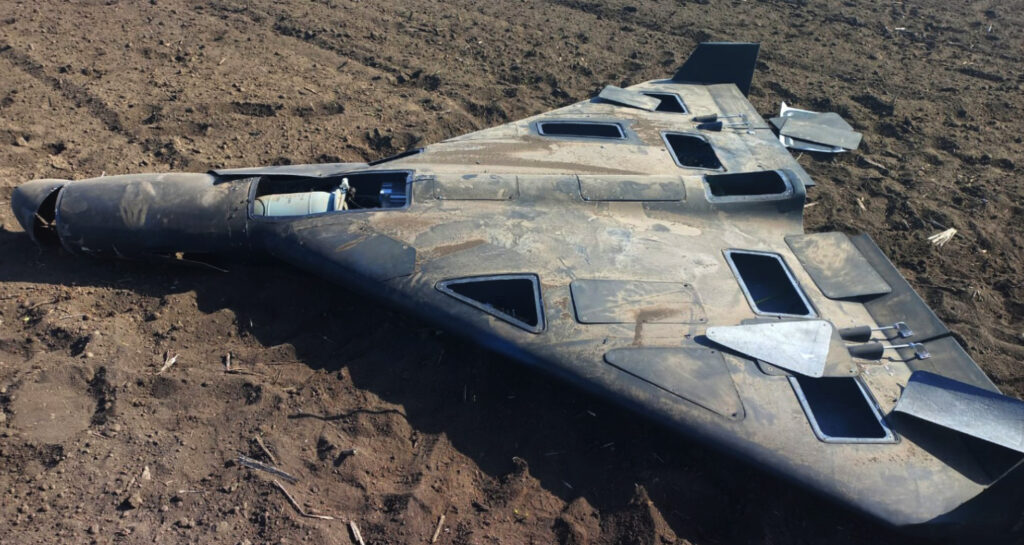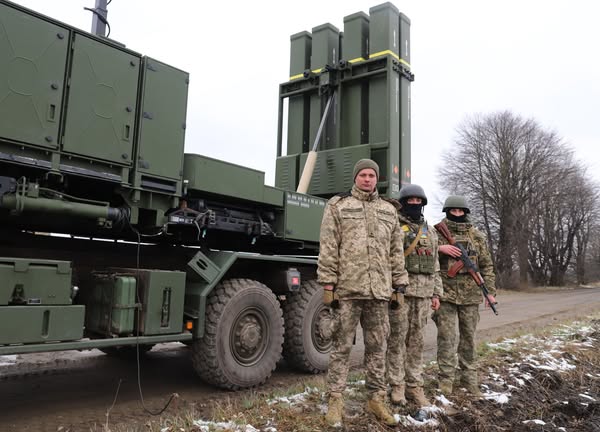Britain promises Ukraine 5,000 drone-killing missiles. Russia would burn through them fast.

The United Kingdom is buying 5,000 Lightweight Multirole Missiles from arms firm Thales—and plans to donate them to Ukraine. The 13-kg LMM, fired one at a time from a shoulder launcher, ranges as far as 8 km under infrared guidance.
The 5,000 missiles, built at Thales’ Belfast factory, could cost as much as $3.4 billion. The UK government announced it will loan the money to the Ukrainian government—with generous repayment terms spread over 19 years.
The LMM buy, first floated in March, “is not only a major boost to the UK’s defense capabilities but will also keep Ukraine in the fight, boosting their defense against Russia’s illegal full-scale invasion,” the government in London stated.
But 5,000 missiles alone can’t keep Ukraine in the fight for very long. Russia is already overwhelming Ukraine’s air-defenses with vast numbers of explosive drones.
The LMM is just the thing to shoot down a relatively low- and slow-flying target such as Russia’s 200-kg Shahed attack drones, which range thousands of miles with 90-kg warheads.

In three years, Russia has launched around 29,000 Shaheds—also known as Gerans—at Ukrainian positions and cities.
Ukrainian forces shot down or jammed most of them. But Ukraine’s air-defenses are running low—and new models of the 440-pound, propeller-driven drone have additional satellite navigation receivers, making them jam-resistant.
Meanwhile, the pace of Shahed launches is increasing—meaning more and more of the drones are striking their targets … and killing or maiming Ukrainians.
Ukrainian analysis group Frontelligence Insight crunched the numbers. “The 2,736 drones launched in June, many targeting Kyiv, make up nearly 10% of the total” number of Shaheds launched since Russia widened its war on Ukraine.
This proves “growing production,” explained the Frontelligence Insight’s founder, Tatarigami.
“This aligns with earlier warnings from Ukrainian intelligence, which estimated Russia’s monthly output at around 2,700 Shahed-type UAVs and roughly 2,500 decoys,” Tatarigami noted. The decoys distract Ukrainian defenses, helping the armed Shaheds reach their targets.

Swarms of drones
In August 2024, Ukrainian officials said Russia was producing about 500 Shaheds a month. “Since then, output has multiplied, and the drones have become deadlier: the warhead weight has increased from 50 kg to 90 kg, and maneuverability has improved,” Tatarigami wrote.
Robert Brovdi, the commander of Ukraine’s Unmanned Systems Forces, warned that Shahed production could soon exceed 1,000 per day. “I’m not intimidating anyone,” Brovdi wrote. His warning is based on “analysis of the intelligence,” he said.
“The growing scale is a serious problem for Ukraine,” Tatarigami intoned.

Ukraine is shooting down the drones with mobile gun teams, surface-to-air missile batteries, fighter jets, gunship helicopters and interceptor drones. It’s also sending them off course with electronic warfare systems.
But the sheer number of drones overwhelms Ukraine’s defenses. Part of the problem is that many of the munitions the Ukrainians use to down the Shaheds are more expensive than the drones are.
An LMM costs more than $500,000. A Shahed costs $200,000. 5,000 LMMs costing $3.4 billion, if they struck 100% of the time, would be enough to destroy a few weeks worth of Shaheds costing $1 billion.
For the Ukrainians, “it’s not just about increasing production” of anti-drone systems, “but also about reducing the cost per interception—making it much cheaper to intercept drones than to manufacture them,” Tatarigami explained.

The cheapest defense is jamming. It costs roughly $8 million to surround a city with jammers such as the Night Watch electronic warfare team’s Lima. The few cities that have enjoyed Night Watch’s protection have suffered almost no Shahed strikes for months at a time.
The Russians can jam-proof a drone by adding more antennas for satellite navigation, compelling the Ukrainians to add more channels to their jammers—or risk the electronic defenses failing. Right now, the Russians are evolving their drones faster than the Ukrainians are evolving their jammers, the Night Watch rep admitted.
Asked if Ukraine was losing the war on the Shaheds, a representative of Ukraine’s Night Watch electronic warfare team responded simply. “Yes, it is.”
5,000 missiles that cost slightly too much for anti-Shahed duty may not change that.
